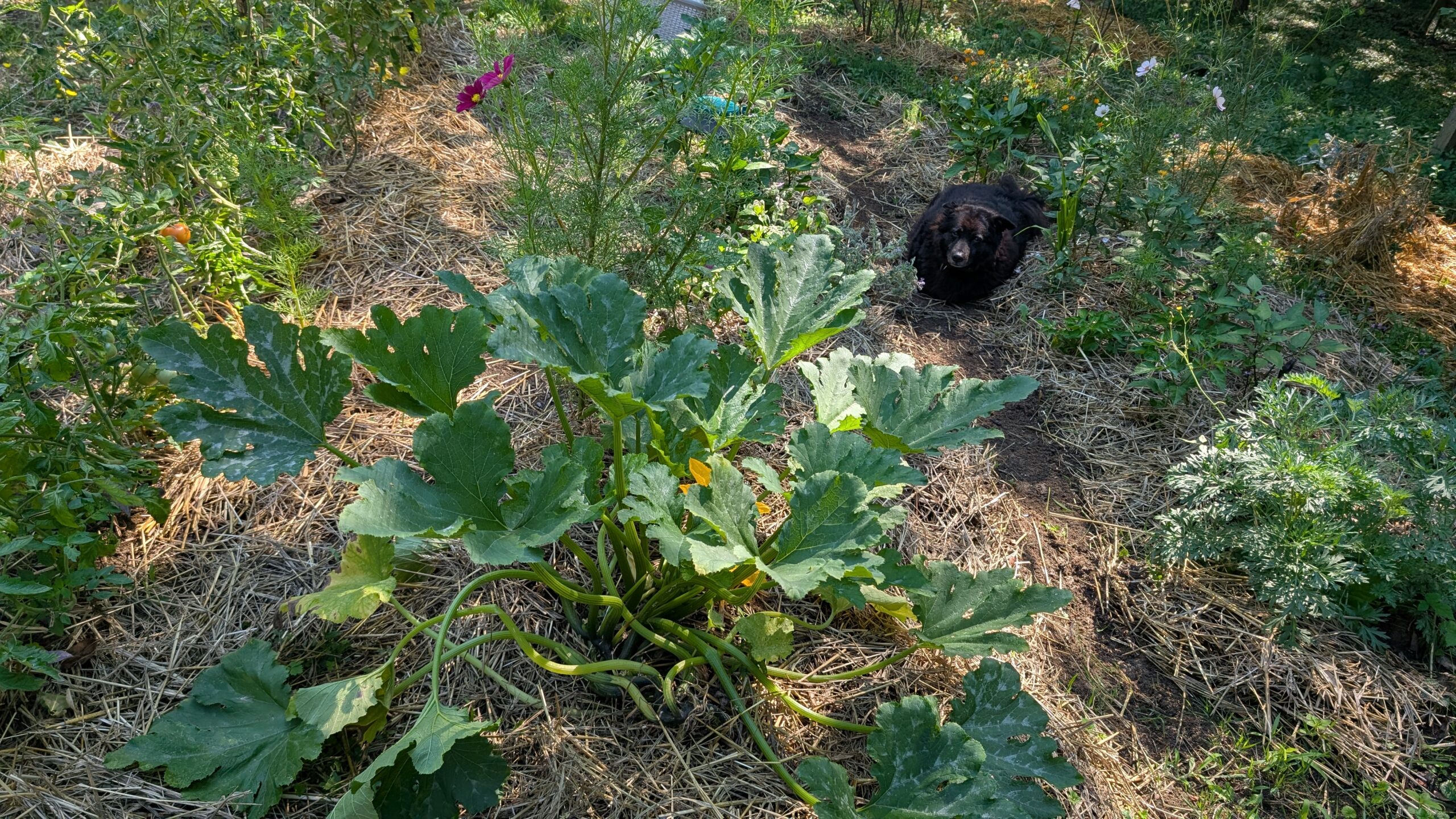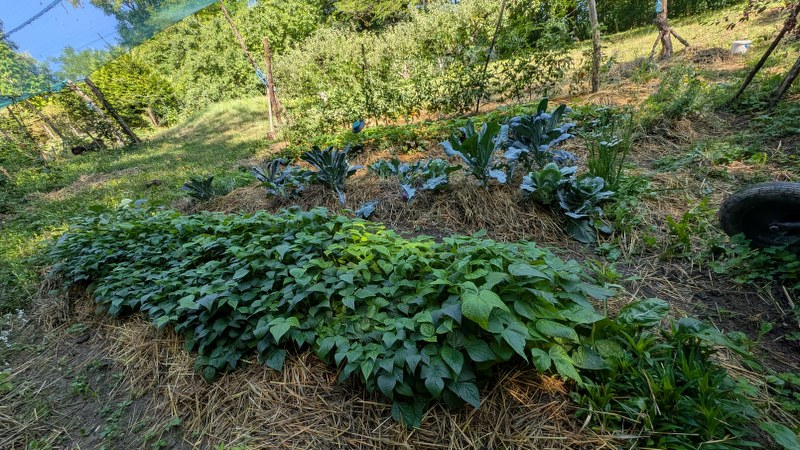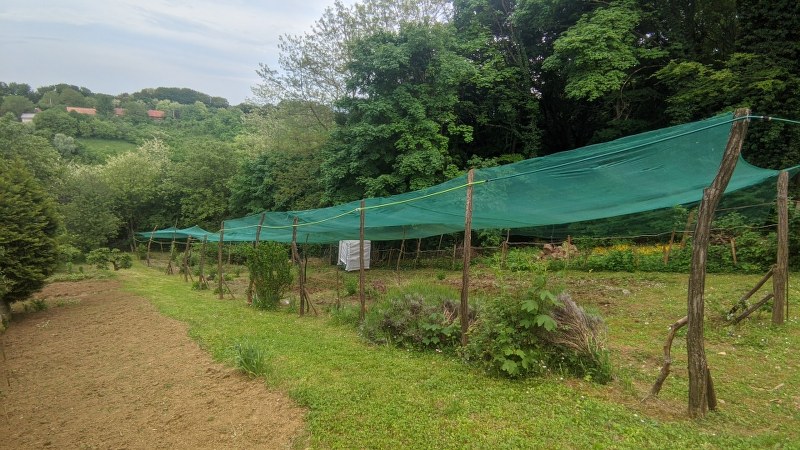Anemones or as they call them in some parts of Europe “the spring poppy” are one of the first flowers that start growing in the spring. This herbaceous perennial plant is well known as the little white flowers that cover the forests after the snowdrops and crocuses, but they are much more.
Anemones are just one small part of the Ranunculaceae family which also contains much more popular flowers like Delphinium and Clematis. The Anemone genus itself contains over 120 varieties, many of them grow like wildflowers while others grown from bulbs are grown in home gardens.
The most popular wild Anemone is Anemone Nemorosa(Nemus=forest).
The small up to 20cm (7in) flower grows from the beginning of March till May covering the forests of Europe, Asia, and North America in white carpets of white flowers. Flowers have 6 separate petals, each plant grows one upright flower. It grows in deciduous forests, on full or partial sun places, with good drainage.
The most popular garden Anemones are Anemone coronaria and Anemone blanda, but there are other varieties that can get grown. Some grow very short, others are tall, some grow like vines, others like floor covering plants. But still, they all like similar conditions and care.
Depending on the time of planting there are 2 types of Anemones. Spring and fall-blooming ones. The spring-blooming Anemones are planted in fall and the fall ones are planted in the spring.
Still, most of the varieties prefer fall planting and growing in the early spring.
Anemone bulbs are really weird, irregularly shaped without a clear show of the upper side. The healthy bulbs look really dry, almost like something you’d throw if you had another bulb looking like that. Still, once they are in the soil they will soon start growing foliage and give us pretty flowers in spring.
Before planting, it would be good to soak the bulbs to give them a quicker start. Soak them for at least 4-6 hours or even better leave them overnight in water. If you don’t need an early start and have time to plant them early enough then there is no need to soak them. You can just plant them and water them with lots of water and they will inflate over time.
Anemone like rich soil, with easy water access but also well-drained soil. They don’t like to be constantly in the water. They prefer acidic to neutral soil, but they will grow in any soil as long as they get enough water. When it comes to the sun they like to have partial to full sun with a couple of hours of sun a day, but they don’t like very warm weather. They grow the most on the temperatures from 14-18°C(57-64°F) with night temperatures range 5-10°C (41-50°F). If the spring temperatures in your garden are higher than that then plant them in a partly shaded place, they will prefer it.
When planting Anemones there’s no need to plant them too deep. They should be planted shallower than the other bulbs like tulips or hyacinths. Just cover them with up to 5cm of soil(2in). They can survive up to -25°C (-13°F), but if you fear your bulbs could freeze you can place some forest leaves on top of the soil. This will keep them warm enough even when planted very shallowly.
Anemones will start growing in the early spring and by the middle of March, they will give us pretty all-colored flowers. Depending on the variety they will grow stems that can reach from 30cm to 1m (11-39in). Flowers will have at least 5 little petals and come in almost every possible color. Red, white, pink, purple, blue, yellow, even some pastel mixes of colors are available. Also, some varieties have double petals giving them the rich look. All flowers will close in the evening and open back up at noon. Some say that they will even close up during the rain, but I can’t say if that’s true because we didn’t have any decent rain this year so I didn’t see that.
Anemones can be propagated by seeds, dividing, and cuttings, but most of them if sown in the right place will spread on their own. Propagating should be done in the fall, September is the best month to divide them or take cuttings.
When it comes to taking care of the plants there is not much that needs to be done. You can tie the flowers if you have a tall variety, but if they are shorter there is really no need. Cut the flowers once the petals fall off to encourage more flower heads or leave them if you want the heads to produce seeds. Leave the foliage until it completely dries out to ensure the plant to have a healthy bulb for next year.
Give your flowers the conditions they need and they will reward your effort with a new flower almost every day.












Leave a Reply